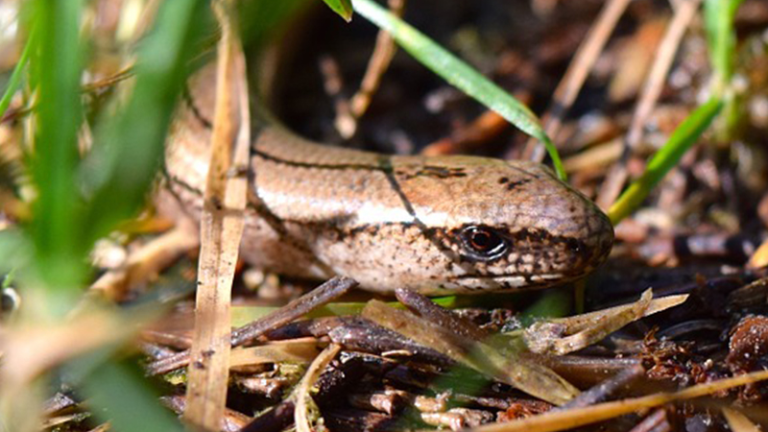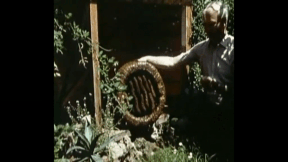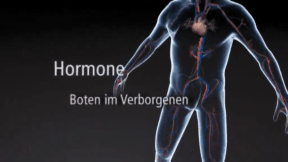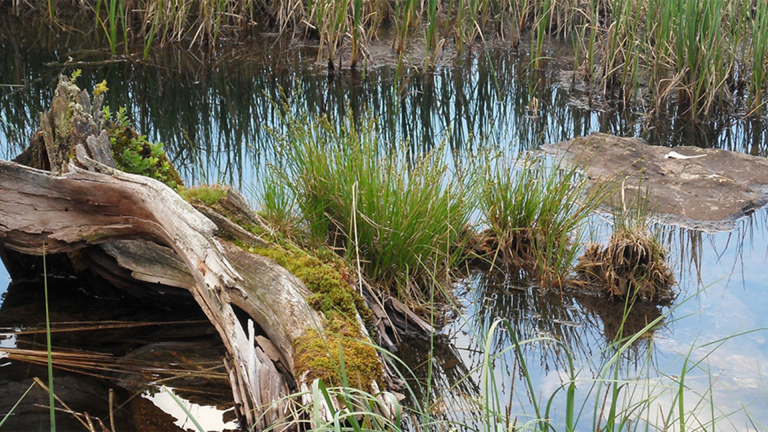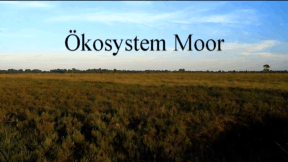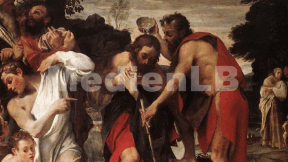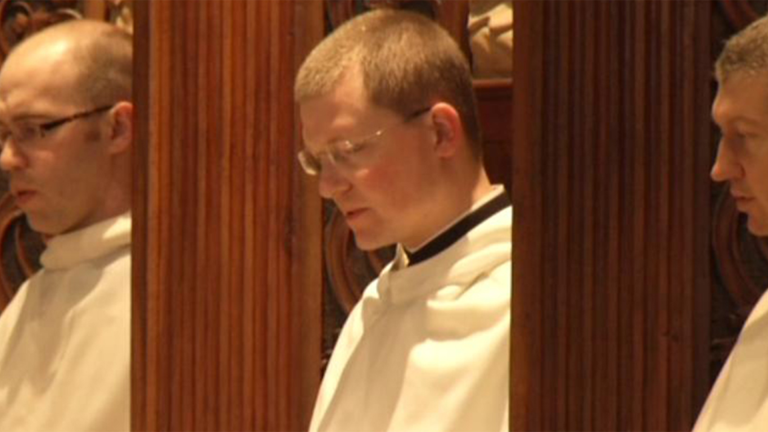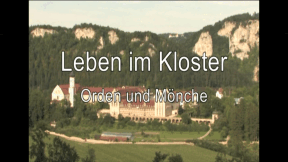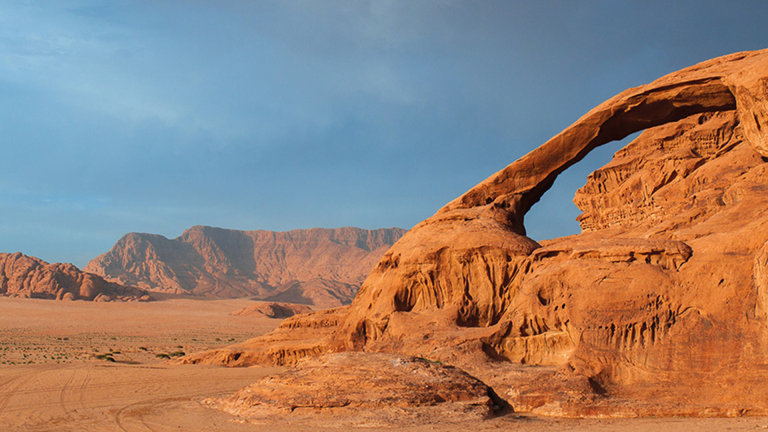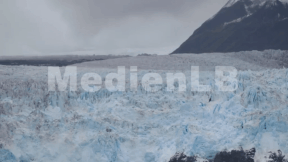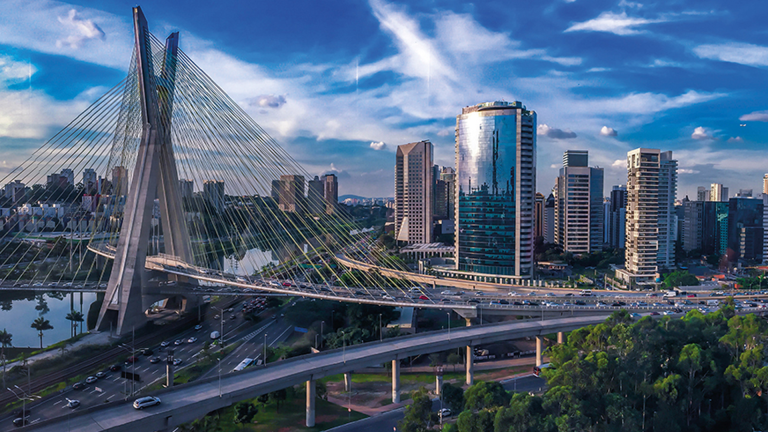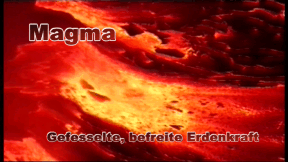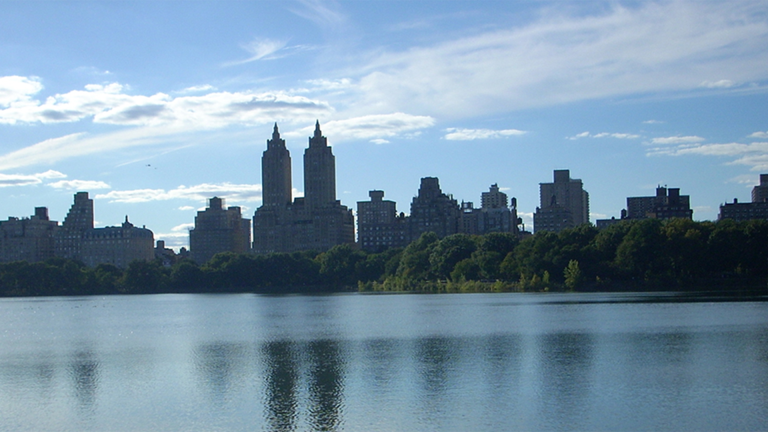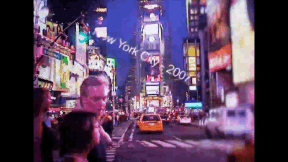Suche:
- # Artistry
- # Biology
- # Chemistry
- # Ecological
- # Economy
- # English
- # Foreign Language
- # Geography
- # German
- # Health
- # History
- # Informatik
- # Latin
- # Mathematics
- # Media Education
- # Music
- # Physics
- # Politics / Civics
- # Preschool
- # Primary School
- # Religion
- # Society
- # Sports
- # Technology
- # Training of Teachers
- # Vocational Education
Slow Worm
The slow worm is a small, completely harmless lizard, which – contrary to its German name “Blindschleiche”– is perfectly able to see and is often mistaken for a snake because it has no legs and an elongated body. The German name is presumably derived from the Old High German word “Plintslicho”, which means “blinding sneaker”. This probably refers to the pretty, shining skin surface of the slow worm.
Learn moreMetabolic Disorder Diabetes
Big break in the school yard of the Freiherr vom Stein school. The pupils are talking or playing. Amidst them is Felix, twelve years old. He is always with them. Now it is necessary for him to measure his blood sugar because he has diabetes. The blood sugar level is permanently elevated in this disease.
Learn moreDie 5 Sinne
Wie selbstverständlich sehen, hören, riechen, schmecken und fühlen wir. Jeder benutzt täglich seine fünf Sinne, ohne sie bewusst einzusetzen. "Schau dich schlau!" untersucht in dieser Sendung, warum sie für uns überlebenswichtig sind und wie sie funktionieren.
Learn moreBees, Bumblebees and Wasps
Our smallest domestic animals, the honey bees, belong to the insect order of hymenoptera just like bumblebees, wasps and ants. Many of these insects live in huge colonies with division of labour and a caste system. However, there also are less conspicuous small hymenoptera like, for instance, the mason- bee, which on its own builds complex nests for its offspring and supplies it with food. We haven’t even noticed that it has followed us into our human settlements and we don’t consider that we are taking away the habitats from these small interesting insects. This film pays attention to all these important plant pollinators, allows insights into the work of bees and wasps and shows how we can observe and protect them.
Learn moreHormones
Hormones influence our lives. Just like our nervous system, they transmit information in our bodies. When our hormonal balance is disrupted, our behaviour changes and we may fall ill. But what are hormones? Why have they got such a big influence? Where are they produced? And how do they work? The film leads us inside the human body – into the world of hormones. We learn that there are various hormones, where these are produced and how they work. We get acquainted with people whose lives have been influenced by a hormone deficiency or a hormone excess.
Learn moreEcosystem Bog
Bogs are rough, sparse and inaccessible regions, neither water nor land. This applies in particular to raised bogs. One wrong step in this soaking wilderness might be fatal. How a bog is formed was unknown to people for thousands of years. After the last ice age, that is about 10,000 years ago, bog formation began. Enormous amounts of water were released as a consequence of the melting of the ice shields.
Learn moreCatholic and Protestant Baptism
As an important ritual of the Christian faith, baptism is closely connected with the traditional stories of the prophet John the Baptist, who is said to have lived in Jesus’ lifetime. John baptised people in the River Jordan, located at the present-day border between Israel and Jordan in the Middle East. Baptism and water were symbols of people’s confession of past sins and return to the right track in life. One day, Jesus and some of his disciples are said to have come to John to have themselves baptised.
Learn moreLeben im Kloster
Mönche tragen braune Kutten und als Frisur die Tonsur. Mehr wissen wir in der heutigen Zeit meist nicht über Mönche. Dabei gibt es viele Unterschiede innerhalb dieser Lebensform. Was genau sind Mönchsorden und wie sind sie entstanden? Wie viele verschiedene Orden gibt es? Wie leben Mönche und Nonnen? Welche Aufgaben haben sie in der heutigen Zeit?
Learn moreDesert
Deserts and semi-deserts cover roughly a third of the entire landmass of the Earth. A huge area of our planet is thus defined as an arid region.
Learn moreUrbanisation
Cities, that is, concentrations of culture areas, existed already in ancient times, but the spread of metropolises worldwide, the so-called metropolisation, has developed at an explosive rate mostly during the last 20 to 50 years not only because metropolises are the economic engines of a world that has become global but also because they are centres of art, education and culture. Fashionable metropolises are hip and trendy.
Learn moreMagma
The face of our home planet is subjected to constant change. Mountains are created and eroded over time, oceans flood continental areas, glaciers assume gigantic proportions, modify landscapes and melt – all this happens mostly in very long geological periods of time. Far more spectacular and more comprehensible to humans in terms of time, however, are natural phenomena associated with magmatism, above all, when we encounter them in their most obvious manifestation, volcanism. These natural events that entail far-reaching changes on the surface of the earth, sometimes devastating destruction and high casualties, have impressed civilisations, inspired their imagination and often spread fear and terror from time immemorial. Let us look with wonder and awe at the following breath-taking pictures of volcanic eruptions. They spectacularly illustrate the huge, immeasurable forces hidden inside our earth. At the same time, these pictures make us aware how tiny and powerless we are ourselves.
Learn moreNew York City
A global metropolis of superlatives: the world capital of trade and culture is bustling with 8.1 million people from all nations. Due to its sea port, New York City became increasingly significant in the 19th century, before proceeding to transform into a unique megacity. Formed by immigration and commodity trade, the city today is above all known for its stock exchange, culture, the UN headquarters and its tourist attractions. This didactic DVD offers a clearly structured overview of the city on the east coast of the United States. In the first four chapters, maps and impressive pictures give an overview of the geographical situation of the city, its history and politics as well as education, language and traffic in the metropolis. Important sights and an insight into the lives of its inhabitants can be found in the last chapter. As a special feature, we offer a film from 1967 on New York City. Both films are excellently suited for comparison, on the one hand with respect to the city’s historical development and on the other hand with respect to the presentation on film.
Learn more



